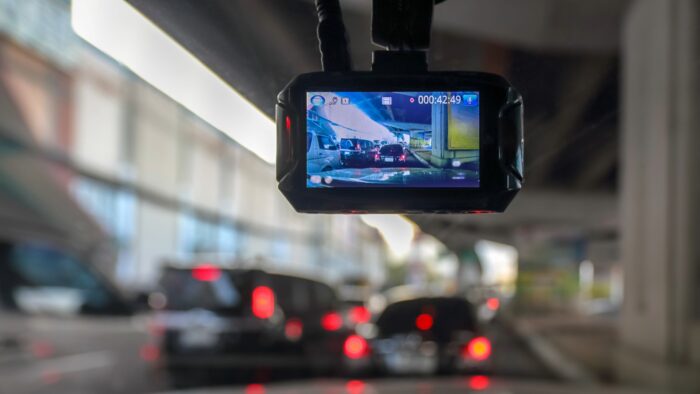Lawyers should know limitations of snowmobile coverage
Author(s): Stacey L. Stevens*
January 14, 2014
While many snowmobile accidents occur when a driver is riding across a body of water or along trails, some cases involve circumstances that are not what snowmobile coverage provisions consider to be normal “ownership, use or operation,” Toronto personal injury lawyer Stacey L. Stevens writes in Lawyers Weekly.
In McLean (Litigation Guardian of) v. Jorgenson [2005] O.J. No. 5207, writes Stevens, partner at Thomson Rogers, the Court of Appeal for Ontario addressed the issue of whether an insurer had the duty to defend an action commenced by “a plaintiff who suffered a below-the-knee amputation while he was holding the rear end of a snowmobile off the ground as another person revved the engine in hopes that it would start better.” The defendants’ automobile insurer, TD General Insurance Company, denied coverage.
The court, says Stevens, applied the two-part test found in Amos v. Insurance Corp. of British Columbia [1995] S.C.J. No. 74, and the deciding principle in the case was whether the plaintiff’s injuries arose from the ownership, use or operation of the snowmobile.
“While there was some argument over whether having a person lift the rear of a snowmobile while it is being started is such, the court concluded that the act of lifting the rear of the snowmobile could not be viewed in isolation and found that, in this case, it was inextricably linked to starting and revving the engine,” she writes.
“In light of the various permutations giving rise to snowmobile injuries it is imperative that lawyers be informed of the various coverage limitations and exclusions within the various motor vehicle and homeowner’s insurance policies, especially given more customized forms of insurance available since the 2010 automobile insurance amendments, and the significant number of catastrophic injuries which occur each year,” writes Stevens.
Share this




